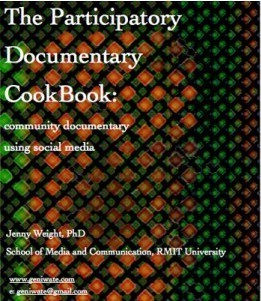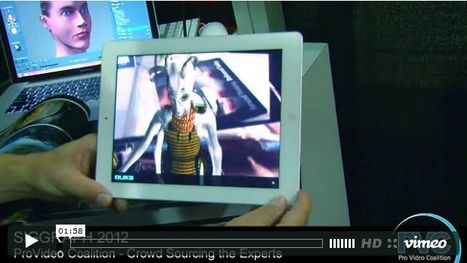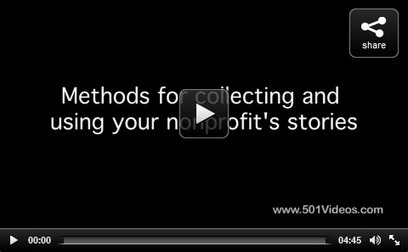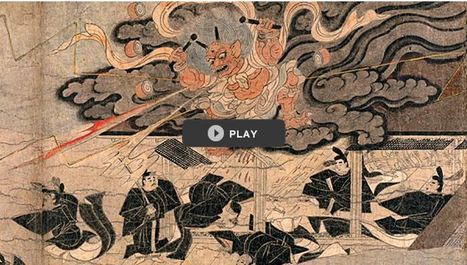"As a community of storytellers, we have a tremendous power to tell the stories that aren't often shared—the stories of people and organizations doing good for the world. For Storytelling Parade, your mission is to share one such story.
Now, because these stories don't often get told, they may be a little difficult to find. With that in mind, we've enlisted help from Stillmotion to share how they not only found an inspiring story for the Parade of someone doing good but also one that fit their keywords."
Storytelling Parade is a filmmaking contest to tell the story of a person or non-profit who is making this world a better place.
Read the full article to dig deeper and find more about these 6 tips to help you find your story:
- It all starts with a dream
- Start small and build it out
- Hit the (Google) streets
- Use your loose connections & be persistent
- Making contact & telling a great story
- Approach it from the other side - think local



 Your new post is loading...
Your new post is loading...



















Each of these tips has lots more to delve into and doesn't require you to tell your story through video. Use them to prompt a story idea or tweak it.
If you sign up for the Storytelling Parade you get access to an additional five free educational videos created by StillMotion. You don't need to sign-up to view the first video: